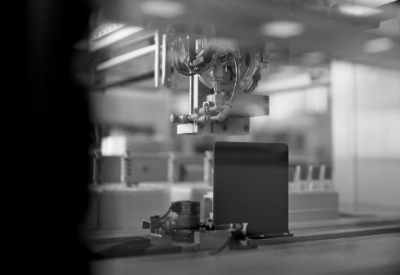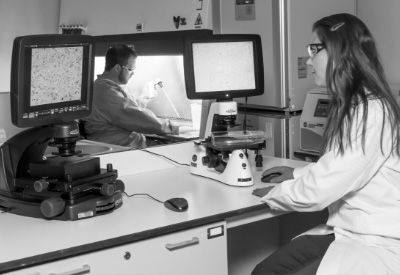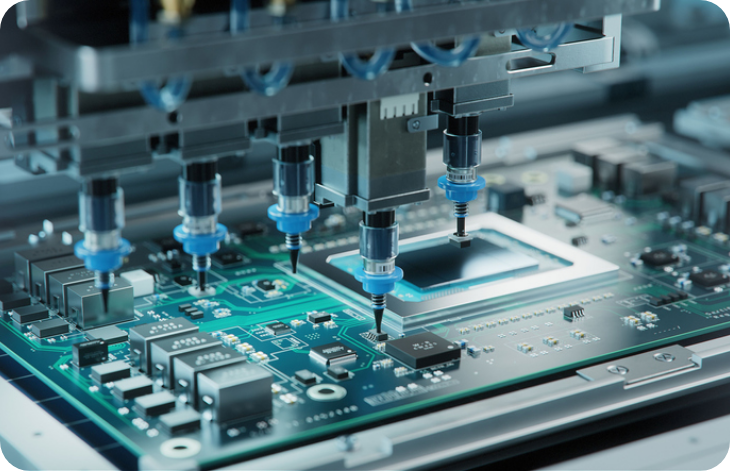
City Labs Offers Low-Energy Power Supplies
City Labs has pioneered new low-energy power supply solutions through our patented NanoTritium™ nuclear battery technology. NanoTritium™ batteries incorporate a betavoltaic power source to address widespread issues related to energy waste and longevity in traditional batteries.
NanoTritium™ batteries typically provide power in the nanowatt to microwatt range and are designed to be highly efficient, allowing low-power devices to operate over long periods of time while only using the required amount of energy. Because NanoTritium™ batteries generate their power from long-lasting tritium isotopes, they can still output power after 20+ years of continuous use.


What Are Low-Power Devices?
Low-power devices are electronics that consume power at low rates.
Low-power devices rely on power sources that increase energy efficiency and operational lifespan by decreasing power output to generate only what is required for operation. To achieve this desired power output, these devices tend to incorporate microelectronic components incompatible with traditional batteries, which operate at much higher power levels.
Examples of Low-Power Electronics
There are several low-power electronics examples that play key roles not only in the research and development sector but also in people’s everyday lives. Low-power electronics are used in phones, computers, cars, medical devices, and more. As technology continues to improve, increasingly compact, powerful, and efficient low-power electronics are becoming more common across the world.
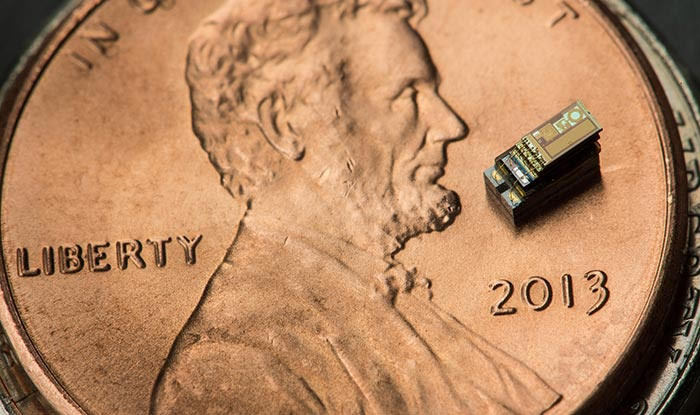
Low-Power Microprocessor
Low-power microprocessors function as small computer processors that can be implemented into more complex systems to increase total computational power. Despite their small size and minimal power requirements, low-power microprocessors contain all the crucial circuit components necessary to perform the core functions of a computer’s central processing unit (CPU).
(Micromote photo courtesy of University of Michigan)

Low-Power Microcontroller
A microcontroller is a small integrated circuit specifically designed to perform critical device functions even when the device is not powered on. To do this, microcontrollers rely on low-power batteries. Many low-power microelectronic technologies rely on microcontrollers and other low-power design techniques to enable fast and efficient device operation over long periods of time.
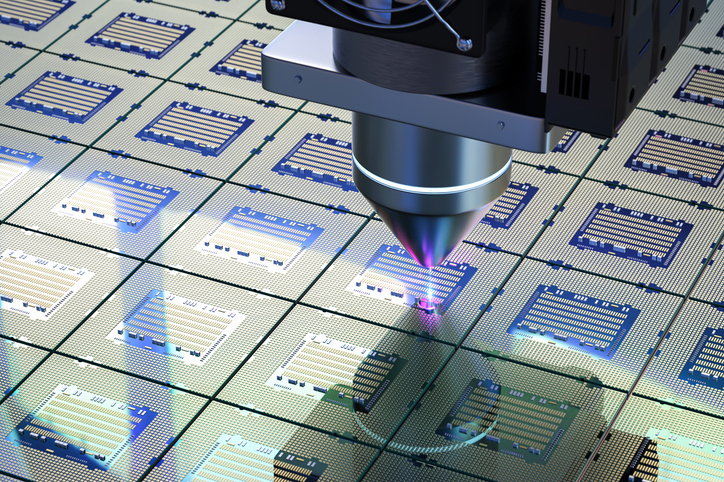
Low-Power Semiconductor
Semiconductors are materials made of pure elements (often silicon) that gain increased electrical conductivity through the addition of specific impurities in a process known as doping. Semiconductor materials are the main components comprising integrated circuits and microchips, and they serve an important role by efficiently supplying electricity to increasingly complex low-power devices. Incorporating semiconductor technology into future low-power devices will be a vital part of future green energy initiatives.

Other Low-Power Devices
With desired use cases ranging from outfitting the modern soldier to designing long-lasting,state-of-the-art pacemakers, new low-power devices are continuously emerging thanks to technological advancements motivated by ever-evolving fields that require innovation to thrive. The space sector is a notable example of an industry filled with microelectronics, as modern spacecrafts incorporate low-power microelectronic devices for communication, surveillance, data recording, signal amplification, and more.
Power sensors are another example of electronic devices that incorporate low-power technology. These microsensors allow devices to operate independently until a specified measurement threshold is met, which triggers a new function. This makes power sensors perfect for monitoring environmental conditions in critical locations, such as power plants, as they can constantly monitor for and report potentially hazardous abnormalities with minimal operational power.
An Excess of Power in Traditional Batteries
Traditional batteries, such as alkaline, nickel-based, and lithium-ion batteries, rely on volatile electrochemical reactions for power. These batteries are not well-suited for efficient, green, and low-power energy initiatives and can cause serious energy concerns when implemented on a large scale.
Power and Lifespan
Capacity refers to a battery’s ability to store energy and is closely tied to the total battery lifetime for traditional batteries. Newly manufactured traditional batteries can deliver 100% of their rated capacity, but this value sharply declines with time. For example, lithium-ion batteries have been found to lose around 20% of their capacity after only one year of normal storage.
This extreme capacity loss is, unfortunately, normal for traditional batteries, and cannot be reversed. Electronic devices that rely on such batteries for power have been forced to compensate for this rapid degradation by being designed to operate far below the capacity capabilities of a newly manufactured battery.
This inefficient energy usage means most of the power that batteries are designed to provide ends up wasted. The same chemical and mechanical processes that contribute to capacity loss in traditional batteries can also cause harmful side effects such as corrosion that decrease the total lifespan.

Our Batteries Further Expand Opportunities for Low-Power Devices
City Labs manufactures betavoltaic power sources composed of semiconductors that can be used to power semiconductor chips and other low-power microelectronic devices.
Our globally unique battery technology enables us to produce semiconductors in various shapes and sizes, providing our batteries with advanced versatility and customization capabilities. This allows us to optimize our batteries to meet low-power device requirements for any desired application.
Check Out City Labs’ NanoTritium™ Battery
Read about our NanoTritium™ technology and see how it works. If you are looking for long-lasting, low-energy betavoltaic power sources to power your microelectronics, don’t hesitate to reach out to us. City Labs is always looking for new commercial partners to work with.
Contact Us Today
